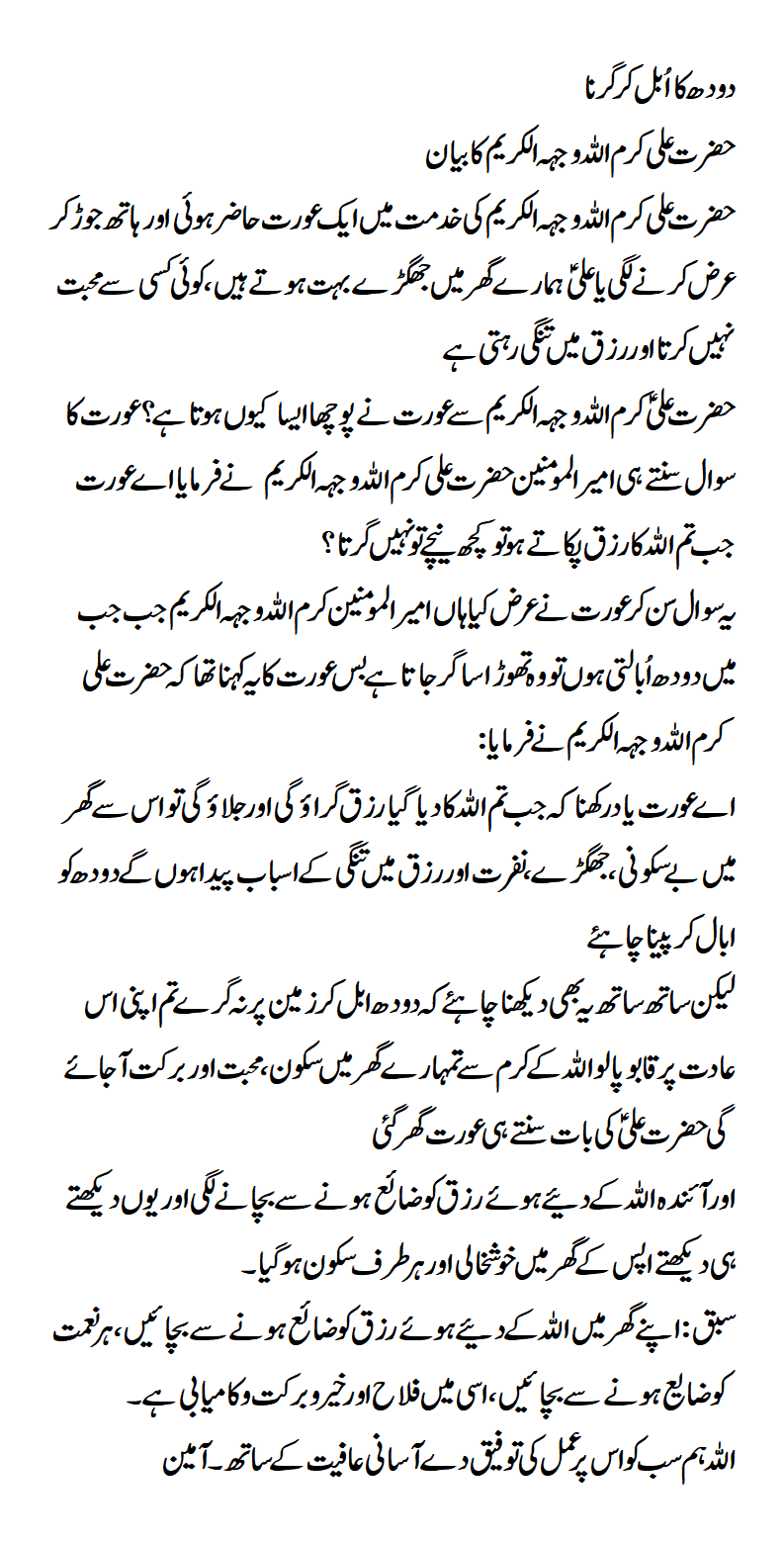Boiling milk is a common practice in households worldwide, but have you ever wondered about the science behind it? Let’s delve into the intriguing process and explore the transformations that occur when milk reaches its boiling point.
Introduction
Boiling milk is more than just a kitchen routine; it’s a fascinating chemical process. In this article, we’ll uncover the mysteries of what happens to milk when exposed to heat and why it matters.
The Chemistry of Boiling Milk
When milk is heated, its proteins undergo structural changes. Casein proteins, responsible for the white color of milk, coagulate and form a delicate network, giving the milk its thickened consistency.
Impact on Nutritional Content
The nutritional content of milk can be affected by the boiling process. High temperatures can lead to the degradation of certain vitamins, particularly vitamin C. However, the impact on other nutrients varies.
Boiling Point and Temperature
Understanding the boiling point of milk is crucial for a successful outcome. Different components in milk have varying boiling points, influencing the overall boiling temperature.
Foam Formation
One common sight while boiling milk is the formation of foam. This occurs due to the agitation of proteins and fats, creating a layer of bubbles on the surface.


Maillard Reaction in Milk
The Maillard reaction, typically associated with browning in cooking, can also occur in milk. This reaction between amino acids and reducing sugars enhances the flavor and aroma of the boiled milk.
Effects on Vitamins
Not all vitamins in milk are equally resilient to heat. We’ll explore how vitamins A, B, and D are affected during the boiling process and ways to preserve their nutritional value.
Curdling Phenomenon
One potential downside of boiling milk is the curdling phenomenon. We’ll investigate the causes behind milk curdling and provide solutions to prevent it.
Homogenized vs. Non-Homogenized Milk
The choice between homogenized and non-homogenized milk can impact the boiling process. Discover the differences and their implications on your boiled milk.
Importance of Stirring
Stirring is a crucial step in boiling milk. Learn why it’s essential and how it contributes to the overall quality of the boiled milk.
Preventing Skin Formation
Ever encountered a skin forming on top of boiled milk? We’ll discuss why it happens and tips to prevent this common occurrence.
Boiled Milk and Digestibility
Is boiled milk easier to digest? We’ll explore the myths and realities surrounding the digestibility of boiled milk.
Boiling Milk for Infants
For parents, understanding the nuances of boiling milk for infants is essential. We’ll provide recommendations and highlight potential risks.
Popular Myths Debunked
Let’s debunk some common myths associated with boiling milk. From superstitions to misconceptions, we’ll set the record straight.
Conclusion
In conclusion, boiling milk is a culinary art backed by science. Understanding the intricate processes involved can elevate your cooking skills and enhance the nutritional benefits of this kitchen staple.





